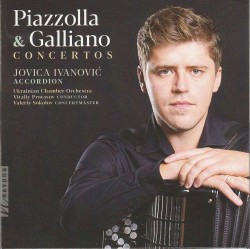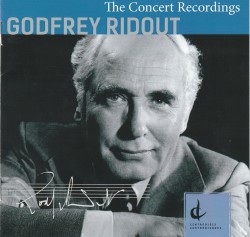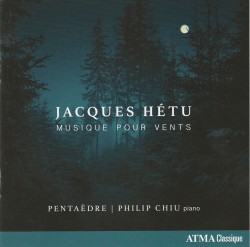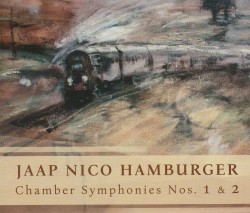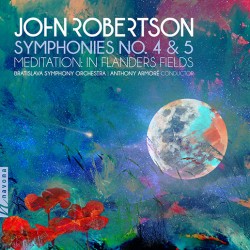That Which Has Remained …That which Will Emerge - Lukas Ligeti
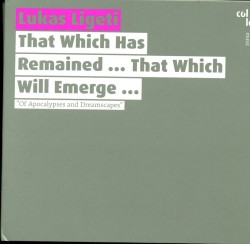 That Which Has Remained …That which Will Emerge
That Which Has Remained …That which Will Emerge
Lukas Ligeti
Col Legno WWE 1CD-20452 (col-legno.com)
Described as a meditation on aural memory, this CD presents the electroacoustic sound installation percussionist Lukas Ligeti created for Warsaw’s POLIN Museum. Designed to comment on Polish Jewish life, the project weaves locally recorded interviews and songs in Polish, English and Yiddish triggered and mixed by Ligeti’s Marimba Lumina (MIDI) with improvisations suggested by those recordings by clarinetist Paweł Szamburski, violinist/violist Patryk Zakrocki, cellist Mikołaj Pałosz, soprano Barbara Kinga Majewska plus Wojtek Kurek’s drums and synthesizer.
Juxtaposing folk songs with instruments means that the often melancholy, sometimes freylekhs melodies, suggest responses that range from stropping string thrusts and barbed reed flutters to sequences which expand on klezmer and pre-War cabaret tunes. Majewska’s bel canto lyricism is most effective in unadorned recitations or personalizing familiar tunes. Modernism isn’t pushed aside for nostalgia though, as sections find her ululating vocals framed by clanking percussion vibrations. The keenest musical commentary is by inference on the connected City of the Damned and Elusive Counterpoint. With thick drum beats and pressurized string stops alongside the snatch of a Yiddish song, Warsaw’s pre-Holocaust Jewish ghetto and its destruction are suggested by City of the Damned. Harsh spiccato sweeps from the strings are notable in Elusive Counterpoint. The sorrowful exposition gradually fades to ghostly echoes as the Yiddish tune becomes fainter subtly questioning what contemporary life holds for Jews in Poland.
Lacking the interactive element possible in the museum’s spatial atmosphere, the disc is still a superlative listening experience.


